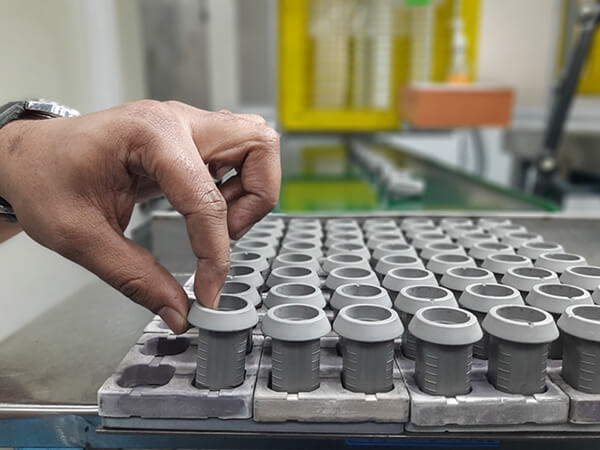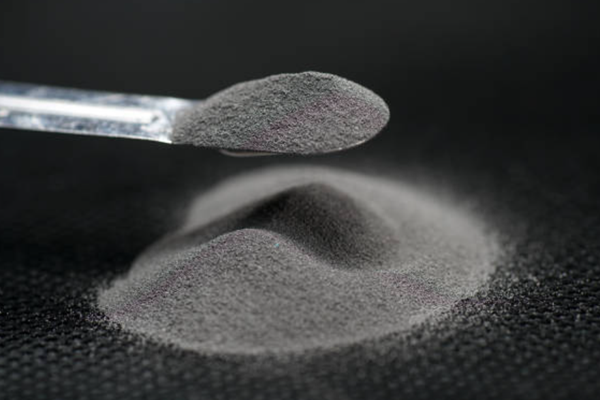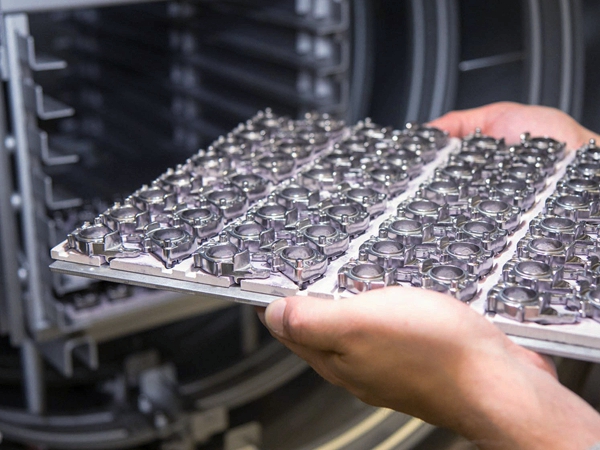Inconel 600
Inconel 600 Similar grades
UNS NO6600, W.Nr.2.4816, alloy600, NA14
Description
Inconel 600 is a nickel-chromium alloy known for its excellent resistance to corrosion and high temperature, making it highly suitable for various industrial applications. This superalloy contains a significant amount of nickel (up to 75%) combined with chromium and small amounts of iron, contributing to its ability to withstand extreme environments. In its powdered form, Inconel 600 is frequently utilized in additive manufacturing (AM) and powder metallurgy, offering unique advantages in producing components with complex geometries and high-performance requirements.
Applications
Aerospace
Inconel 600 Powders manufactures components like turbine blades, combustion chambers, and exhaust systems in aerospace engines. These parts benefit from the alloy's oxidation resistance and ability to perform under high thermal stress.
Energy
In nuclear reactors and heat treatment furnaces, components made from Inconel 600 withstand the corrosive effects of high-temperature gases and radiation. Its excellent mechanical properties ensure the longevity and reliability of parts in energy production environments.
Chemical Processing
Due to its resistance to various chemicals, Inconel 600 is used to manufacture reactors, heat exchangers, and valves in the chemical processing industry. It withstands exposure to corrosive substances, maintaining integrity over long periods.
Automotive
High-performance automotive parts, such as exhaust systems and turbocharger components, benefit from the thermal stability and corrosion resistance of Inconel 600. It contributes to the durability and efficiency of automotive engines operating under high stress and temperature.
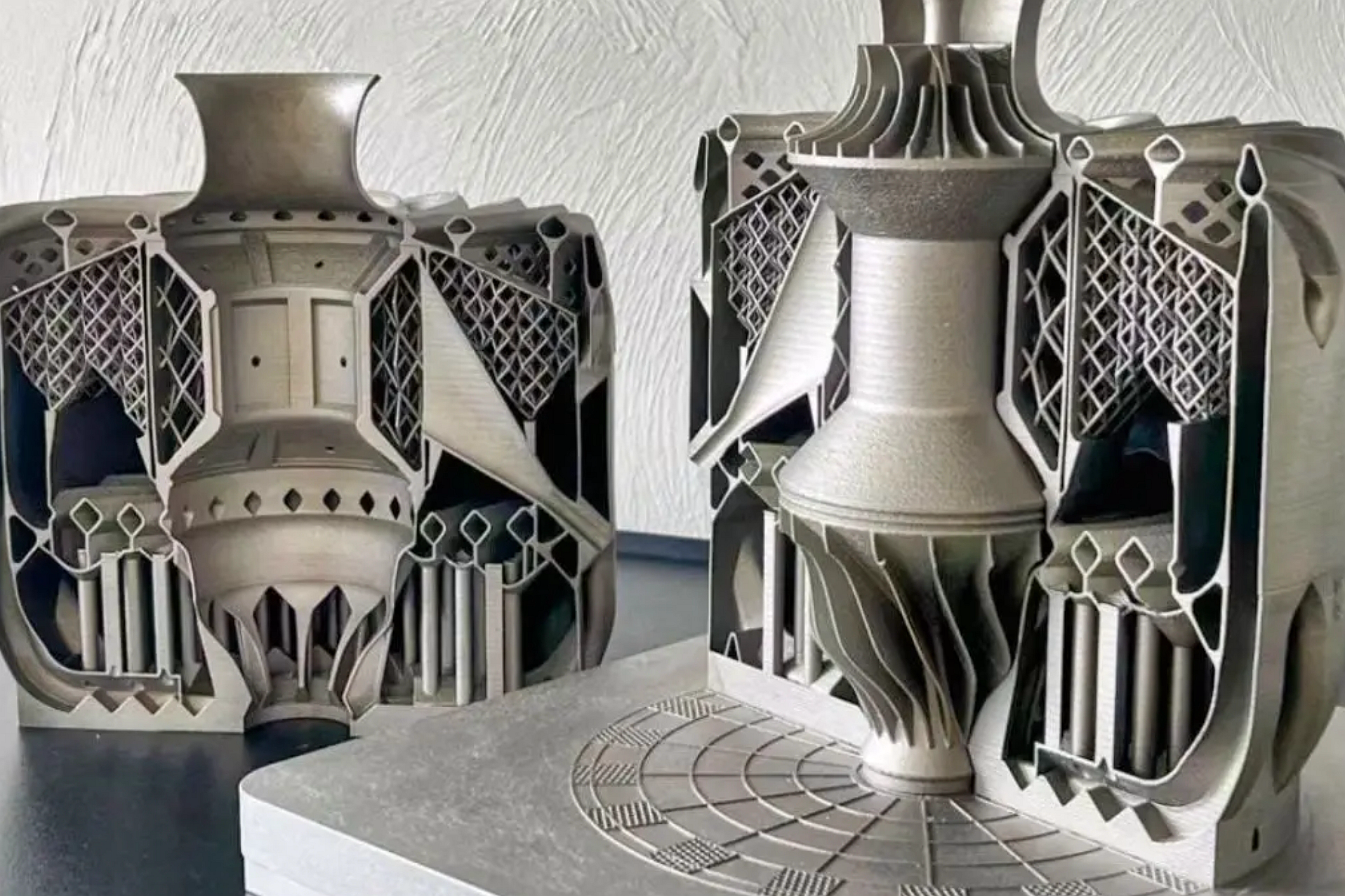
Composition and Properties
Inconel 600 is primarily composed of nickel (up to 75%), chromium (approximately 15-17%), and iron (6-10%), with small amounts of manganese, silicon, carbon, and sulfur. This composition delivers exceptional resistance to oxidation and corrosion, especially in high-temperature applications, while maintaining high strength and toughness.
Inconel 600 Typical values(Weight%) | |||||||||||
C | Si | Mn | P | S | Cr | Ti | Fe | Nb+Ta | Al | Ni+Co | Cu |
≤0.15 | ≤0.50 | ≤1.00 | ≤0.040 | ≤0.015 | 14.0-17.0 | ≤0.50 | 6.00-10.0 | ≤1.00 | ≤0.35 | ≥72 | ≤0.50 |
Powder Characteristics
The particle size distribution, morphology, and purity of Inconel 600 powders are critical for their performance in additive manufacturing and powder metallurgy. The powders are typically characterized by their spherical shape, promoting better flow and packing density, which is critical for achieving uniform and defect-free microstructures.
Mechanical properties after the finished product | Powder state | ||||||||||||||||
Yield Strength | tensile strength | Elongation | size | 0- 15μm | 15-45μm | 45-75μm | 45- 150μm | ||||||||||
R p0.2/MPa | R m/MPa | δ5 /% | |||||||||||||||
Horizontal | ≥ 240 | ≥ 550 | ≥30 | form | spherical | spherical | spherical | spherical | |||||||||
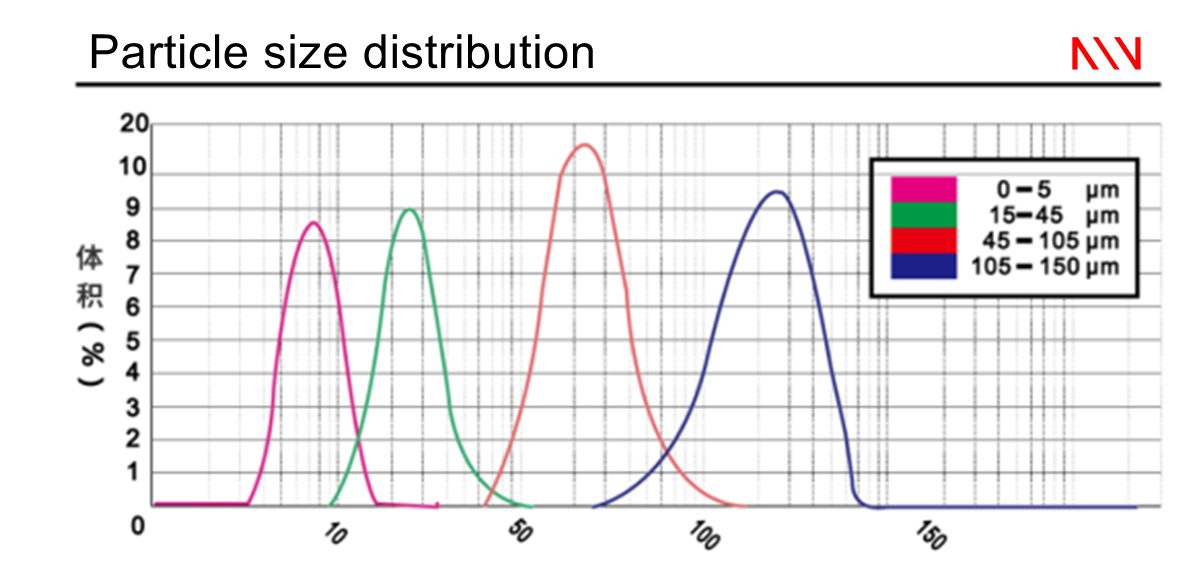
Physical Properties
Density: Approximately 8.47 g/cm³
Specific Surface Area: Depends on the particle size and processing method, typically in the 0.1-1 m²/g range.
Sphericity: ≥98%, ensuring excellent flowability and packing density.
Bulk Density: 4.4-5.0 g/cm³, indicating good flowability.
Hall Flow Rate: 12-18 seconds/50g, demonstrating good powder flowability.
Melting Point: Around 1354-1413°C (2470-2575°F), suitable for high-temperature applications.
Relative Density: Close to 100% achievable in parts manufactured through additive manufacturing processes.
Recommended Layer Thickness: 20-50 μm for additive manufacturing processes, depending on the machine and part requirements.
Technical Standard: Inconel600 powder technical specification for 3D printing, ASTM B446, AMS 5666, AMS 5663, AMS 5599
Manufacturing Techniques
1. Additive Manufacturing (AM)
Additive Manufacturing with Inconel 600 powders represents a significant advancement in the production of complex components. Two key methods stand out:
Selective Laser Melting (SLM): This process involves using a high-intensity laser beam to selectively melt and fuse powder particles layer by layer according to a 3D model. SLM is particularly beneficial for creating components with intricate geometries, internal channels, and thin walls, typical in aerospace and medical applications. The precise control over the melting process allows for high-density parts with excellent mechanical properties.
Electron Beam Melting (EBM): EBM uses an electron beam as the power source to melt the metal powder. This process occurs in a vacuum, which reduces oxidation and enhances the purity of the final product. EBM is suited for producing parts that require exceptional mechanical strength and fatigue resistance, making it ideal for critical components in the aerospace and automotive industries.
2. Powder Metallurgy
Powder Metallurgy (PM) techniques are critical for producing high-strength, uniform components from Inconel 600 powders:
Hot Isostatic Pressing (HIP): HIP involves applying high pressure and temperature to the powder within a sealed container. This process eliminates porosity and achieves full density, resulting in parts with uniform microstructures and improved mechanical properties. HIP is used for components that demand high strength and reliability, such as those in the energy and aerospace sectors.
Metal Injection Molding (MIM): MIM combines the flexibility of plastic injection molding with the strength and durability of metal. Inconel 600 powder is mixed with a polymer binder and injected into a mold. After molding, the binder is removed, and the part is sintered to achieve full density. MIM is excellent for producing small, complex parts with tight tolerances, such as surgical tools and aerospace components.
3. Spray Coating
Spray coating techniques, such as High-Velocity Oxygen Fuel (HVOF) and Plasma Spraying, apply Inconel 600 powders onto surfaces requiring enhanced wear, corrosion, and heat resistance. These coatings are integral in extending the life of parts exposed to extreme conditions:
High Velocity Oxygen Fuel (HVOF) Coating: HVOF spraying produces dense, robust coatings with excellent bond strength. The process involves accelerating and combusting a fuel and oxygen mixture to spray the Inconel 600 powder onto the substrate. This method is widely used for components requiring superior surface properties, including valves, shafts, and turbine blades.
Plasma Spraying: A plasma jet heats the Inconel 600 powder to a molten state before spraying it onto a surface. Plasma spraying allows for the coating of materials with very high melting points. It is used for various applications, including wear-resistant coatings on industrial machinery and thermal barrier coatings in aerospace.
4. Cold and Hot Working
Inconel 600 can also be processed through cold and hot working methods to form sheets, bars, and other shapes. These processes involve mechanical deformation of the metal at various temperatures to achieve the desired form and mechanical properties. Cold working enhances strength and hardness through strain hardening, while hot working allows for more significant deformation with minimal loss of strength, making it suitable for large, intricate components.
Advantages in Production
Utilizing these advanced manufacturing techniques offers numerous benefits, including:
Customization and Complexity: Enables the production of customized parts with complex geometries that meet specific application requirements.
Material Conservation: Minimizes waste using materials more efficiently than traditional subtractive methods.
Enhanced Properties: Achieves superior mechanical and physical properties through controlled manufacturing processes, ensuring components perform well under extreme conditions.
Speed to Market: Reduces development and production times, allowing for faster iteration and customization of designs.
Manufacturing With Inconel 600 Superalloys
Main manufacturing processes:
Nickel-based high-temperature alloys are usually used for corrosion resistance, high-temperature resistance, and other extreme working conditions, such as impellers, pump valves, auto parts, etc. Neway has a variety of processing techniques for manufacturing nickel-based high-temperature alloy parts and solving their problems, such as deformation, cracking, and porosity.
Powder compression molding (PCM)
Get A FREE PROTOTYPING SERVICE NOW!: Consultative Design Service at Neway
